|

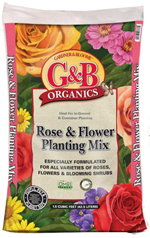 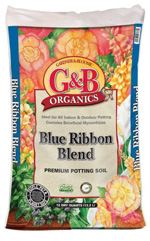 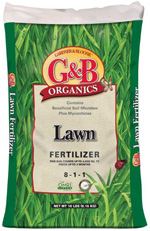 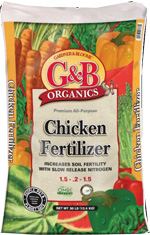 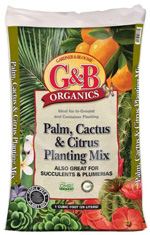 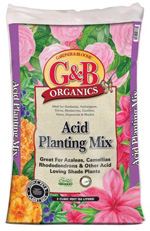
|
 |
Featured Quote: "From December to March, there are for many of us three gardens--the garden outdoors, the garden of pots and bowls in the house, and the garden of the mind's eye." |

|
|
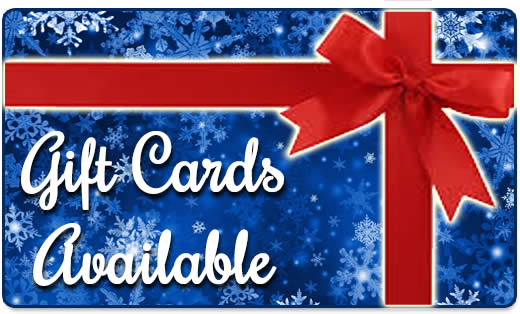 |
|
 |
|
• The first commercial Christmas cards were commissioned in London, in 1843, by Sir Henry Cole, with illustration by John Callcott Horsley. President Dwight D. Eisenhower issued the first official White House card in 1953. • "Rudolph" was actually created by Robert May for Montgomery Ward in the late 1930's as a holiday promotion. The song was written later by Johnny Marks, and recorded by Gene Autry in 1949; it promptly sold about 2 million copies. • Christmas became an official national holiday in the USA on June 28, 1870. • Poinsettias are the most popular Christmas plant and are the number one "flowering" potted plant in the United States.  • Franklin Pierce put the first Christmas tree in the White House (in 1856), for a group of Washington Sunday School children. Benjamin Harrison is credited with starting the tradition of the White House tree, being the first to have a decorated family Christmas tree in the White House in 1889, and Calvin Coolidge put the first National Christmas Tree on the White House lawn (not in the White House) in 1923. • The first reported electrically lit Christmas tree was in December, 1882. The world's first practical light bulb was invented by Thomas Edison in 1879, and a mere three years later, in 1882, an officer of Edison's electric company, one Edward Johnson, electrically lit a Christmas tree for the first time. In 1917, after a tragic fire in New York City that was caused by Christmas candles, Albert Sadacca (fifteen years old at the time) invented safety lights for Christmas trees. Decorating a live Christmas tree outdoors became popular, and eventually moved to indoor trees. The outdoor lights also moved onto houses, and decorating houses in lights became (and has remained) popular. • Christmas trees are grown in all 50 states, including Hawaii and Alaska. • In 1979, the National Christmas Tree was not lighted except for the top ornament. This was done because of the American hostages in Iran. • According to the Guinness World Records, the world's tallest cut Christmas tree was a 221' Douglas fir (Pseudotsuga menziesii) erected and decorated at Northgate Shopping Center, Seattle, Washington, USA, in December 1950. |
 |
|
Not all plants are created equal in the eyes of children. Although they don't differentiate when it comes to flowers and vegetables or annuals and perennials, kids have their hands-down favorites. They prefer huge flowers like marigolds, petunias, and sunflowers and small vegetables like cherry tomatoes, dwarf carrots, and radishes. They love unique color shades, too, so make sure to include flowers with multi-colorings such as pansy, snapdragon and striped impatiens, and vegetables such as purple carrots, and 'Easter Egg' radishes, along with striped beets and tomatoes. Textured plants are irresistible. If your conditions are right for them, include the fuzzy woolly thyme and lamb's ears, the prickly coneflower and strawflowers (for sunny locations) and donkey tail fern, maidenhair fern and columbine (for shadier spots). Fragrant plants transport the imagination. If you grow them now, your child will always remember the scents of gardenia, heliotrope, roses, peonies, and lilacs. If you show them which plants to rub between their fingers, they'll never forget lavender, chocolate and pineapple mint, lemon balm, rosemary, basil, and scented geraniums. Butterflies fascinate children, and there are many colorful plants that that will attract them. Consider including butterfly bush, lantana, monarda, salvia, sweet peas, and veronica--but don't overlook carrots, dill, fennel, and parsley to round out their diet. Positively pickable plants also get the thumbs-up from kids. While mom's landscape may be off-limits for bouquet gathering, children should have free rein over certain cutting gardens. Cosmos, snapdragon, salvia, zinnia, coleus, and celosia are just a few that will produce more blooms if frequently picked. Don't overlook spring- and summer-flowering bulbs that hold the promise and surprise of things to come. Use the same rules as above when selecting colors and varieties. Gardening can truly be a fun experience for children. So start planning their garden today. You'll be getting started on creating memories that will last a lifetime. |

|
Fun for the family from Norad! Click Here to receive updates from the North Pole and play games. New content daily. Track Santa's progress toward your house this Christmas Eve! |

|
Ever look at a bag of plant fertilizer and feel like you were reading a foreign language? What does it all mean? What do those three numbers (different on every bag, it seems) really mean? What is NPK? With a short explanation, we feel certain that you will be armed and dangerous for your next foray to the garden center. If you look at a bag of plant fertilizer, whether indoor or outdoor, you will always see three numbers (i.e. 8-8-4). These numbers represent the macronutrients (substances that all plants need for healthy growth) that will be supplied by the fertilizer. The first number (8-8-4) is nitrogen (N). Nitrogen is necessary for leaf growth and health and is the nutrient most often lacking in garden soils. The second number (8-8-4) is phosphorus (P), which is needed for fruiting and flowering and strong root growth. The third number (8-8-4) is potassium (K). The plant uses this nutrient for stem and root development. It also helps plants resist diseases and better tolerate heat and cold. There are other ingredients in most fertilizers as well; these are called secondary nutrients. Most often you will see calcium (for cell formation and growth), magnesium (aids in formation of chlorophyll molecules) and sulfur (works with nitrogen to make protoplasm for plant cells) listed on the container. Many soils have sufficient amounts of these secondary nutrients in them. The third group of nutrients that are in most fertilizers is called micronutrients or trace elements. These should be given to plants in very small quantities; giving plants too much of these micronutrients can easily harm the plant. Some of the micronutrients often seen on a fertilizer bag are zinc, manganese and iron. Zinc and manganese help other nutrients perform well and iron is for chlorophyll formation. When choosing a fertilizer, choose the right food for the particular plant you are feeding. For instance, if you are feeding a blooming plant, such as a rose, you will want a fertilizer that is higher in the middle number, because that is the nutrient that encourages flowering. If you are fertilizing a lawn, you want to encourage leaf growth, so the first number should be highest. All plants need to have strong stems and roots, so they all will need potassium. Most fertilizers are labeled for the plants you should feed with them " Remember, more is not better--you can burn a plant by over-feeding (especially with nitrogen). Plants, just like people, occasionally need supplements to grow well. Fertilize your plants when needed with the correct fertilizer and they will reward you with growth, blooms and fruit--and they'll be better able to ward off insects and diseases.
|
 |
|
How can I get my poinsettias to re-bloom next year? Answer:
|
 |
|
Makes an attractive--and delicious--centerpiece for the table!
What You'll Need:
Step by Step:
|
 click here for a printer friendly version of this page
click here for a printer friendly version of this page
 |
Written content © 2004-2015 Garden Partners LLC, or respective authors. All Rights Reserved. Privacy Policy. All written content contained in this site is protected by United States copyright law and may not be reproduced, distributed, transmitted, displayed, published, or broadcast without prior written permission of Garden Partners, LLC. You may not alter or remove any trademark, copyright or other notice from copies of the content. Would you like a newsletter like this for your nursery or garden center? Please feel free to look at what we have to offer and contact us for your garden center marketing solutions. |





